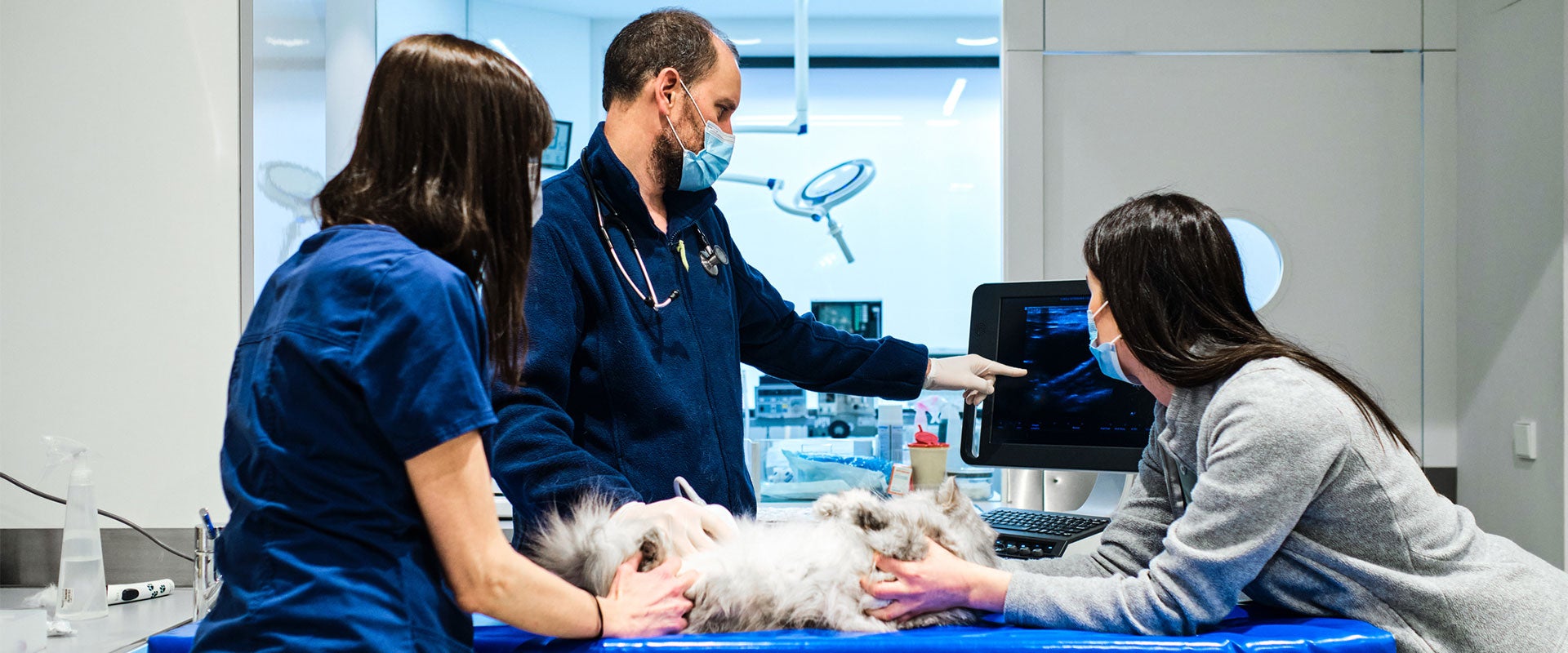
Perspectives on Consolidation Trends in European Veterinary Services Markets
- Article

The consolidation of veterinary services markets is expected to continue at pace across many European countries, presenting significant value creation opportunities for operators and investors in animal health. Rising in-catchment competition across all dimensions of competition will require independent and corporate players alike to become more sophisticated, as consolidation for procurement synergies alone is no longer enough.
Veterinary services markets across the globe are characterised by favourable structural trends. Pet populations are growing, reflecting powerful societal trends, including younger generations seeking to adopt a pet prior to, or even instead of, starting a family and an ageing population seeking companionship in animals — an issue brought into sharp focus by the COVID-19 pandemic. Meanwhile, pets are increasingly being treated as members of the family
The ‘humanisation’ of pets is not only driving greater spend per pet but also increasing the resilience of spend throughout the economic cycle, which represents a sea change in how society views pets over a single generation.
Compelling long-term growth prospects have attracted significant investor interest in the animal health sector. This is particularly evident in the current consolidation of veterinary practices across Europe, which is being accelerated by private equity backed businesses. Whilst there are local variations in the speed and progress of the major underlying trends — reflecting varying degrees of market maturity as well as some cultural and macroeconomic differences — we expect European markets to continue to consolidate at pace over the coming years, with significant implications for both operators and investors. Figure 1 shows the progress of vet services consolidation across a range of European markets.
This data illustrates the outcome of these trends — positive in all cases — with the most-consolidated markets of Sweden and the UK showing what is possible when all the supporting conditions apply simultaneously, with further opportunities available in other major markets.
Consolidation is expected to transform European veterinary services markets, primarily driven by increasing professionalisation of the industry and rising in-catchment competition across all dimensions of competition. This will require both independent and corporate veterinary practices to adapt their business models to retain the ‘right to win’ amongst pet owners and veterinarians. Figure 2 illustrates our experience across markets, with focus on all three dimensions required simultaneously to underpin long-term success.
Leading operators will be those that can provide pet owners with access to more-sophisticated levels of care through a wider range of preventative and specialist services, beyond those typically offered in traditional first-opinion practices. As markets become more mature, building pet owner loyalty (e.g. through digital engagement, pet healthcare plans, adjacent services) will become critical to driving practice economics and delivering sustainable organic growth.
Leading operators also need to offer compelling value propositions to attract and retain talent, particularly given the current limited supply of vets in many European countries. This requires competitive financial compensation as well as attractive non-financial benefits (e.g. work-life balance, access to clinical equipment, training/career development opportunities), particularly for younger generations of vets. We observe that many of the consolidators — particularly those with private equity backing — are already doing these things very well, driving higher industry standards and redefining what ‘good’ looks like. Operators that fail to keep pace with changes are likely to fall behind; indeed, in some more mature markets such as the UK and Netherlands this effect is already evident.
In light of these dynamics, we believe there are significant opportunities for value creation across multiple vectors. Whilst there is still merit in buy-and-build strategies, per se, to generate procurement synergies and other platform benefits, we believe value creation strategies should go beyond this by seeking to build ecosystems around pet owners and supporting vets in providing the best clinical care.
Building ecosystems around pet owners can be multifaceted and may include: (i) creating clear pathways between first-opinion practices and referral centres; (ii) driving higher engagement through digital (e.g. online pharmacies, pet portals, pet health tracking using wearables); and/or (iii) extending into adjacencies (e.g. advanced nutrition, boarding/day care, crematoria).
Supporting vets to provide the best clinical care also requires action across multiple dimensions and is likely to include: (i) reducing the administrative burden on clinicians; (ii) investing in high-quality facilities and equipment; and/or (iii) offering pet healthcare plans or insurance to help pet owners fund high-quality care.
The opportunity is substantial for operators and investors that pursue these themes with discipline backed by sufficient financial firepower. However, given the advancing stage of maturity of the industry, costly errors await those proceeding without proper diligence, resources and strategic planning.
For more information, please contact us.
L.E.K. Consulting is a registered trademark of L.E.K. Consulting. All other products and brands mentioned in this document are properties of their respective owners. © 2024 L.E.K. Consulting